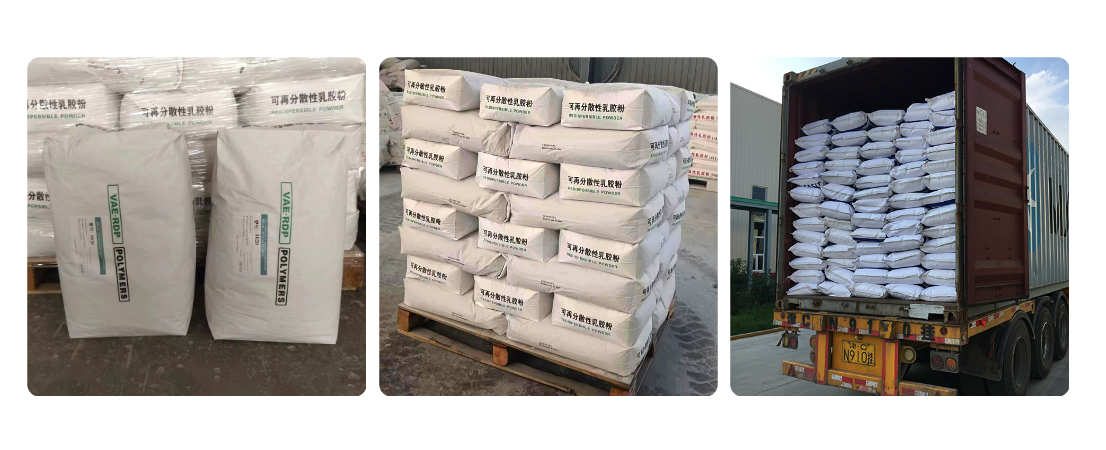
Aug . 07, 2024 16:30 Back to list
High Performance Modified Cellulose for Enhanced Tile Adhesive Formulations and Applications
The Importance of HPMC in Tile Adhesives
Tile adhesives play a crucial role in the successful installation of tiles in various construction projects, whether in residential, commercial, or industrial settings. Among the many components that contribute to the effectiveness of tile adhesives, Hydroxypropyl Methylcellulose (HPMC) has emerged as a significant player. This article delves into the importance of HPMC in tile adhesives, exploring its properties, benefits, and the reasons behind its widespread usage.
What is HPMC?
Hydroxypropyl Methylcellulose is a semi-synthetic polymer derived from cellulose, a natural polysaccharide found in the cell walls of plants. HPMC is produced by modifying cellulose through etherification, which enhances its solubility in water while retaining its excellent thickening and binding properties. This versatility makes HPMC an essential additive in various industries, including construction, pharmaceuticals, and food.
Properties of HPMC
The properties of HPMC greatly contribute to its performance in tile adhesives. Firstly, HPMC is known for its high water retention capacity. This characteristic is particularly vital in tile setting because it prevents the adhesive from drying too quickly, allowing for better bond formation between the tile and the substrate. The extended open time provided by HPMC ensures that tilers have ample time to position tiles correctly before the adhesive begins to set.
Secondly, HPMC improves the workability of tile adhesives. Its thickening properties allow for a smoother application, making it easier for installers to spread the adhesive evenly on surfaces. This not only enhances the aesthetic finish of the tile installation but also ensures a stronger bond, minimizing the risk of tile displacement over time.
Moreover, HPMC contributes to the adhesion properties of tile adhesives. It enhances the bond strength between the tile and various substrates, including concrete, cement, and gypsum boards. This is particularly important in environments exposed to moisture, where strong adhesion is essential to prevent tile movement and dislodgement.
tile adhesive hpmc

Benefits of Using HPMC in Tile Adhesives
1. Enhanced Performance The addition of HPMC to tile adhesives leads to improved performance characteristics. This includes increased water resistance, better adhesion, and flexibility, which are critical for tile installations in wet areas such as bathrooms and kitchens.
2. Versatility HPMC can be used in various adhesive formulations, including those for ceramic tiles, porcelain tiles, and stone tiles. This versatility makes it a preferred choice among manufacturers aiming to create high-quality products that meet diverse installation needs.
3. Eco-Friendly Option As a cellulose derivative, HPMC is regarded as a more environmentally friendly option compared to synthetic polymers. Its application reduces the reliance on harmful chemicals, making it a suitable choice for green building practices.
4. Cost-Effectiveness While HPMC is considered a premium additive, its ability to improve the performance of tile adhesives can lead to cost savings in the long run. By ensuring a durable and long-lasting bond, HPMC helps prevent costly repairs and replacements due to tile failure.
Conclusion
In conclusion, Hydroxypropyl Methylcellulose is a vital component of modern tile adhesives. Its unique properties provide significant benefits that enhance the performance, workability, and longevity of tile installations. As the construction industry continues to evolve, the role of HPMC in tile adhesives is expected to grow even more, solidifying its position as an essential additive for quality tile installation. Whether you are a professional tile installer or a DIY enthusiast, understanding the significance of HPMC can help you make informed choices that lead to successful tile projects.
-
Versatile Hpmc Uses in Different Industries
NewsJun.19,2025
-
Redispersible Powder's Role in Enhancing Durability of Construction Products
NewsJun.19,2025
-
Hydroxyethyl Cellulose Applications Driving Green Industrial Processes
NewsJun.19,2025
-
Exploring Different Redispersible Polymer Powder
NewsJun.19,2025
-
Choosing the Right Mortar Bonding Agent
NewsJun.19,2025
-
Applications and Significance of China Hpmc in Modern Industries
NewsJun.19,2025







